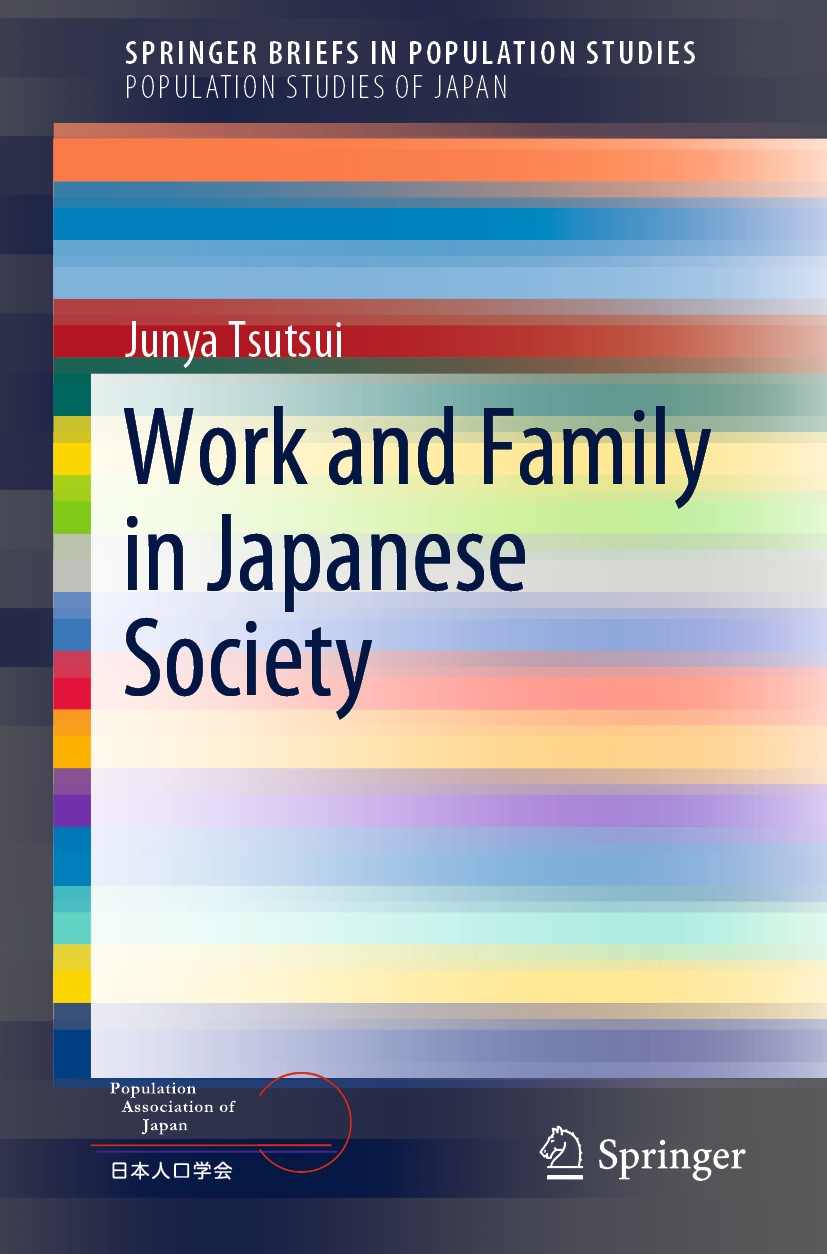| 书目名称 | Work and Family in Japanese Society |
| 编辑 | Junya Tsutsui |
| 视频video | http://file.papertrans.cn/1031/1030836/1030836.mp4 |
| 概述 | Situates the low birthrate phenomenon in Japan in the broader context of working conditions and family formation.Captures the characteristics of Japanese society from the comparative perspective of we |
| 丛书名称 | SpringerBriefs in Population Studies |
| 图书封面 |  |
| 描述 | .This book provides a systematic framework for interpreting the fertility decline in Japan. It situates the change in fertility rates in a broader context, such as family life and working customs. The basic argument it puts forward is that Japan has failed to establish a “dual-earner” society: women still face the trade-off between having a career or starting a family, which has led to an extremely low fertility rate in Japanese society...Further to this rather common explanation, which could also be applied to other low-fertility societies such as Germany and Italy, the author presents an original view. Japan has had its own momentum in holding on to its strong “men as breadwinners and women as housekeepers” model by creating a unique regime, namely, a Japanese model of a welfare society. This regime places special emphasis on the welfare provided by private companies and family members instead of by the government. Private firms are expected to secure men’s jobs and income to the greatest extent, taking advantage of Japanese employment customs. On the other hand, women are expected to provide care for their family members. The book argues that the familialist orientation is still |
| 出版日期 | Book 2020 |
| 关键词 | Work; Employment; Low Birthrate; Women’s Labor Participation; Japanese Model of Welfare Society; Familial |
| 版次 | 1 |
| doi | https://doi.org/10.1007/978-981-13-2496-3 |
| isbn_softcover | 978-981-13-2495-6 |
| isbn_ebook | 978-981-13-2496-3Series ISSN 2211-3215 Series E-ISSN 2211-3223 |
| issn_series | 2211-3215 |
| copyright | The Author(s), under exclusive license to Springer Nature Singapore Pte Ltd. 2020 |
 |Archiver|手机版|小黑屋|
派博传思国际
( 京公网安备110108008328)
GMT+8, 2025-11-5 15:43
|Archiver|手机版|小黑屋|
派博传思国际
( 京公网安备110108008328)
GMT+8, 2025-11-5 15:43


